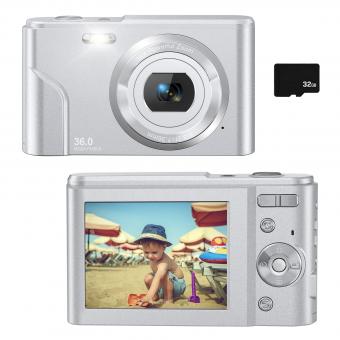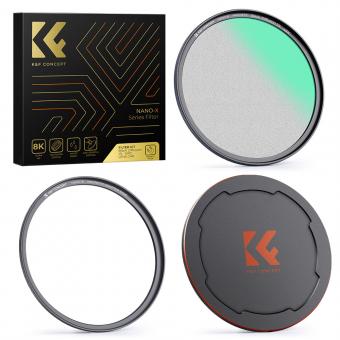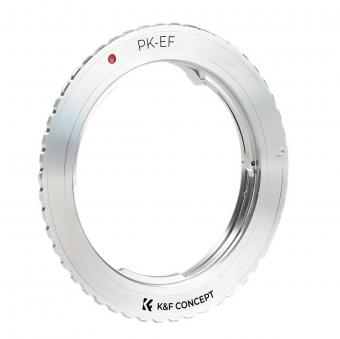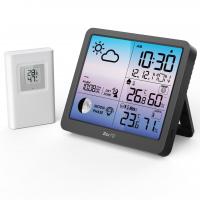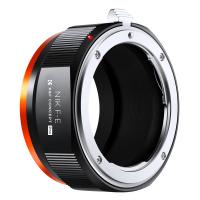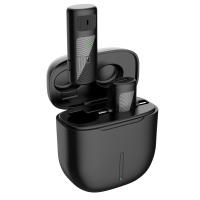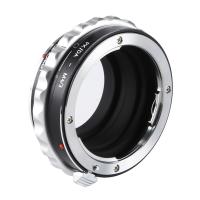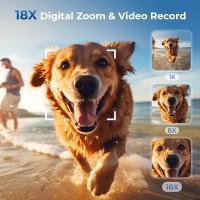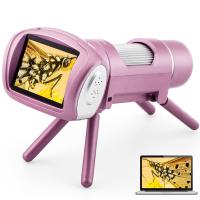What Is A Computer Digital Camera ?
A computer digital camera, also known as a webcam, is a device that captures and transmits digital images or video in real-time. It is typically connected to a computer via a USB port and is commonly used for video conferencing, live streaming, or capturing images and videos for various purposes. Computer digital cameras are often built-in to laptops or desktop computers, but can also be external devices that can be attached to the computer. They usually have a lens, an image sensor, and a built-in microphone for capturing audio. The images or videos captured by a computer digital camera can be viewed, edited, and shared on the computer or through various software applications.
1、 Definition and Function of a Digital Camera
A digital camera is a device that captures and stores photographs in a digital format. It combines the functionality of a traditional camera with the capabilities of a computer.
A digital camera consists of several key components, including a lens, an image sensor, and a digital image processor. The lens focuses light onto the image sensor, which converts the light into an electrical signal. The digital image processor then processes this signal to create a digital image file.
The main advantage of a digital camera over a traditional film camera is the ability to instantly view and review photos. With a digital camera, you can see the image on the camera's LCD screen immediately after capturing it. This allows for instant feedback and the ability to retake a photo if necessary. Additionally, digital cameras offer the convenience of storing hundreds or even thousands of photos on a memory card, eliminating the need for physical film.
Digital cameras have evolved significantly over the years, with advancements in technology leading to improved image quality, faster processing speeds, and more features. Today, many digital cameras offer high-resolution sensors, optical zoom lenses, image stabilization, and various shooting modes. Some cameras even have built-in Wi-Fi or Bluetooth capabilities, allowing for easy sharing and transferring of photos to other devices.
In recent years, smartphone cameras have become increasingly popular and have challenged the traditional digital camera market. However, dedicated digital cameras still offer superior image quality and more advanced features for photography enthusiasts and professionals.
Overall, a digital camera is a versatile and powerful tool for capturing and preserving memories. It has revolutionized the way we take photos, making photography more accessible and convenient for everyone.

2、 Components and Features of a Digital Camera
A computer digital camera, also known as a digital camera, is a device that captures and stores photographs digitally. It is a combination of a traditional camera and a computer, allowing users to take high-quality photos and instantly view and edit them on a screen.
The components of a digital camera include a lens, image sensor, processor, memory card, and LCD screen. The lens captures the light and focuses it onto the image sensor, which converts the light into digital data. The processor then processes the data and stores it onto a memory card. The LCD screen allows users to preview and review the photos they have taken.
Digital cameras have evolved significantly over the years, with the latest models offering advanced features such as high-resolution sensors, fast autofocus systems, and image stabilization. They also come with various shooting modes, including manual, automatic, and scene modes, allowing users to capture photos in different lighting conditions and situations.
One of the latest advancements in digital cameras is the integration of Wi-Fi and Bluetooth connectivity. This allows users to transfer photos wirelessly to their computers or smartphones, making it easier to share and edit their images. Some cameras even have built-in GPS, enabling users to geotag their photos and track their location.
In recent years, mirrorless cameras have gained popularity. These cameras eliminate the need for a mirror and optical viewfinder, resulting in a more compact and lightweight design. They also offer interchangeable lenses, giving users more flexibility in capturing different types of shots.
Overall, a computer digital camera is a versatile and powerful tool for capturing and preserving memories. With continuous advancements in technology, digital cameras continue to improve, offering users more creative possibilities and convenience in their photography endeavors.

3、 Types and Categories of Digital Cameras
A computer digital camera, also known as a digital camera, is a device that captures and stores photographs digitally. It is a type of camera that uses an electronic image sensor to capture images and then stores them in digital format, rather than using photographic film like traditional cameras.
Digital cameras have revolutionized the way we take and share photos. They offer several advantages over film cameras, including the ability to instantly view and delete photos, the ability to store a large number of photos on a memory card, and the ability to easily transfer photos to a computer or other digital device for editing and sharing.
There are various types and categories of digital cameras available in the market today. Some of the common types include compact cameras, also known as point-and-shoot cameras, which are small and portable, and are designed for casual photography. There are also advanced compact cameras, which offer more manual control and higher image quality.
Another category is the digital single-lens reflex (DSLR) cameras, which are popular among professional photographers and enthusiasts. DSLRs offer interchangeable lenses, manual controls, and superior image quality. Mirrorless cameras are another type that has gained popularity in recent years. They offer similar features to DSLRs but are smaller and lighter due to the absence of a mirror mechanism.
In addition to these types, there are also action cameras, which are designed for capturing fast-paced activities and are often used for sports and adventure photography. There are also bridge cameras, which bridge the gap between compact cameras and DSLRs, offering more advanced features and zoom capabilities.
The latest point of view in digital cameras is the rise of mirrorless cameras. Mirrorless cameras have been gaining popularity due to their compact size, lightweight, and advanced features. They offer high-quality image sensors, interchangeable lenses, and advanced autofocus systems. Many professional photographers are now switching to mirrorless cameras for their versatility and portability.
In conclusion, a computer digital camera is a device that captures and stores photographs digitally. There are various types and categories of digital cameras available, each catering to different needs and preferences. The latest trend in digital cameras is the rise of mirrorless cameras, which offer advanced features in a compact and lightweight package.
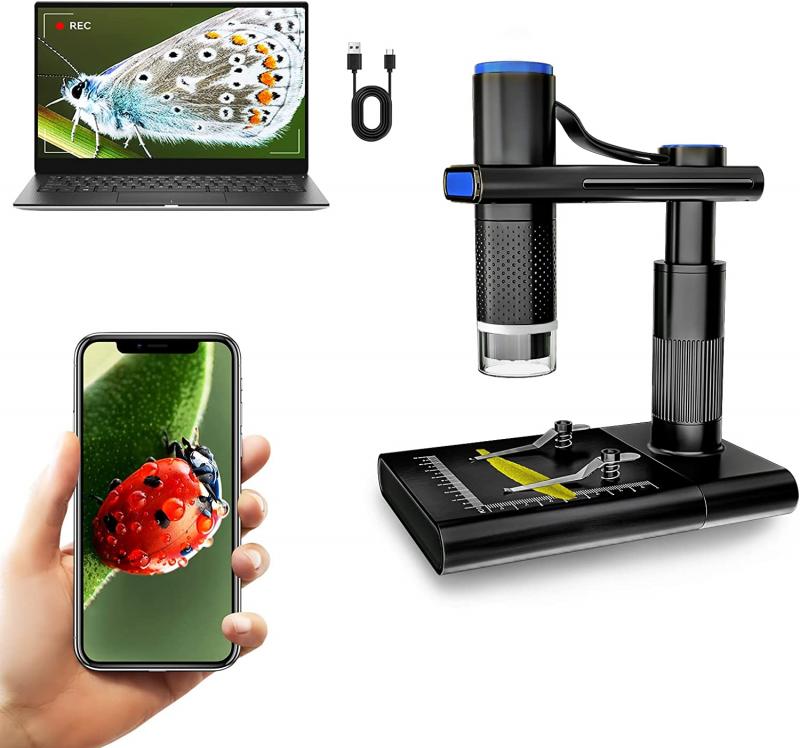
4、 Image Sensor Technology in Digital Cameras
Image Sensor Technology in Digital Cameras
A computer digital camera, also known as a digital camera, is a device that captures and stores photographs in a digital format. It combines the functionality of a traditional camera with the capabilities of a computer, allowing users to capture, view, edit, and share images electronically.
At the heart of a digital camera lies the image sensor, which is responsible for converting light into digital signals. Image sensor technology has evolved significantly over the years, leading to improvements in image quality, sensitivity, and overall performance of digital cameras.
The two most common types of image sensors used in digital cameras are CCD (Charge-Coupled Device) and CMOS (Complementary Metal-Oxide-Semiconductor). CCD sensors were initially dominant but have been largely replaced by CMOS sensors due to their lower power consumption, faster readout speeds, and better noise performance.
The latest advancements in image sensor technology have focused on increasing resolution and improving low-light performance. Manufacturers are now producing cameras with higher megapixel counts, allowing for more detailed and sharper images. Additionally, advancements in sensor design and processing algorithms have improved the ability of digital cameras to capture images in low-light conditions, reducing noise and enhancing image quality.
Another recent development in image sensor technology is the introduction of backside-illuminated (BSI) sensors. BSI sensors rearrange the sensor's wiring to increase the amount of light that reaches the photodiodes, resulting in improved sensitivity and reduced noise. This technology has been particularly beneficial for smartphone cameras, enabling them to capture high-quality images in challenging lighting conditions.
In conclusion, a computer digital camera is a device that utilizes image sensor technology to capture and store digital photographs. Ongoing advancements in image sensor technology have led to improvements in image quality, resolution, low-light performance, and overall camera capabilities. The latest developments, such as higher megapixel counts and backside-illuminated sensors, have further enhanced the capabilities of digital cameras, allowing users to capture stunning images in various conditions.











